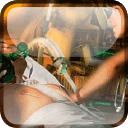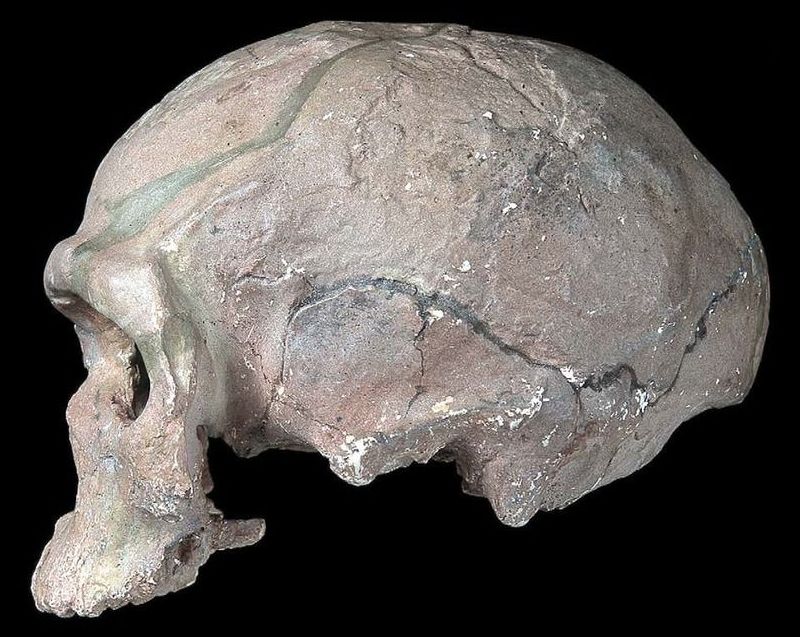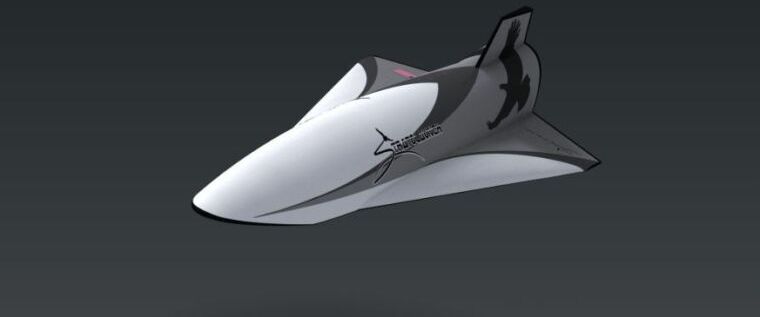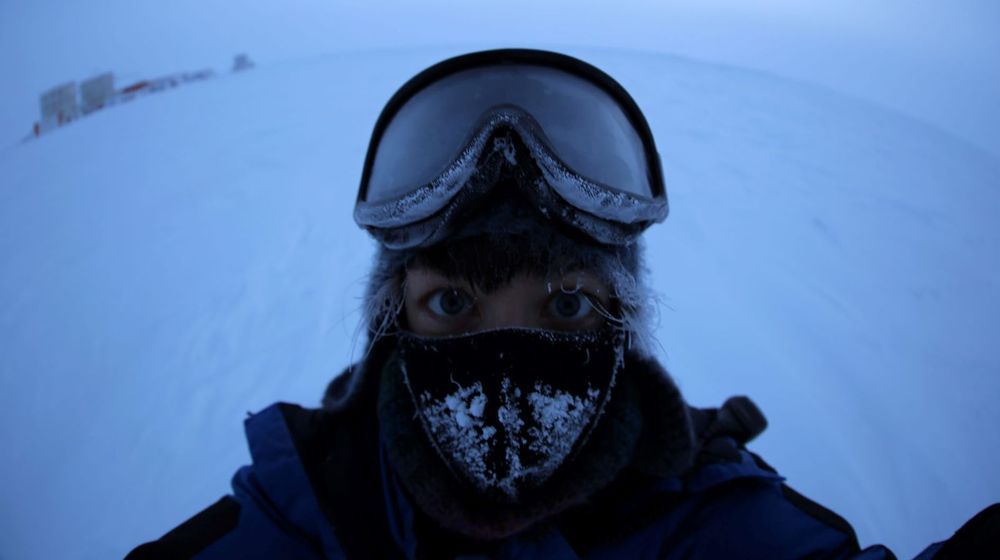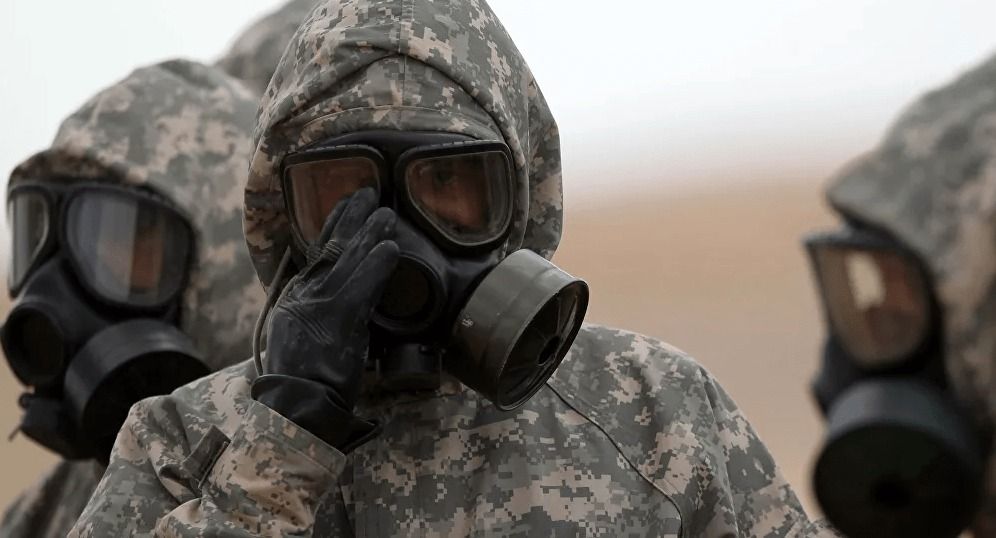Page 6748
Apr 1, 2020
‘Liquid biopsy’ blood test accurately predicts cancer
Posted by Genevieve Klien in categories: biotech/medical, information science, robotics/AI
A new blood test that can detect methylation of DNA can accurately predict whether a person has any one of 50 cancers and where the tumour is growing.
The California-based healthcare company Grail, which developed the test, owns a large database of methylation patterns in cancerous and non-cancerous cell-free DNA. From that repository, a machine learning program was developed to analyse blood samples. The algorithm identified methylation changes that are classified as cancerous or non-cancerous, and it could even pinpoint the tissue of origin before the onset of symptoms.
Validation of the test was carried out by researchers from the US at the Mayo Clinic, Cleveland Clinic and Harvard medical school, working with colleagues at the Francis Crick Institute and University College London in the UK. In all, more than 15,000 volunteers from over 140 clinics in North America took part, and their samples revealed that this ‘liquid biopsy’ had a 0.7% false positive rate for cancer detection. The test was also able to predict the tissue that the cancer originated in with more than 90% accuracy. It performed best on 12 of the most common cancers, including ones that are most lethal and have no established screening paradigms such as pancreatic and ovarian cancers.
Apr 1, 2020
Human evolution: The astounding new story of the origin of our species
Posted by Genevieve Klien in categories: biotech/medical, evolution
Forget the simple out-of-Africa idea of how humans evolved. A huge array of fossils and genome studies has completely rewritten the story of how we came into being.
Apr 1, 2020
The world’s largest aircraft will now test hypersonics for the military
Posted by Genevieve Klien in categories: government, military, satellites
“Our hypersonic testbeds will serve as a catalyst in sparking a renaissance in hypersonic technologies for our government, the commercial sector, and academia,” said W. Jean Floyd, Stratolaunch’s chief executive, in a statement.
This is an interesting, if not wholly unexpected, turn for Stratolaunch. During the last decade, the aerospace community has often collectively scratched its head, wondering how such a large aircraft could be cost-competitive in the hotly contested market to launch small- and medium-sized satellites. And without a dedicated rocket in existence, the company seemed little more than a vanity project for the wealthy Allen. If Stratolaunch served any purpose, the speculation went, it must be to meet some unspecified military need.
There can be no question that the military is interested in hypersonic technology. China, Russia, and the United States are all racing to develop hypersonic missiles, as well as new countermeasure technology as high-speed missiles threaten to penetrate most existing defenses. A Rand Corporation report from 2017 provides more basic information, suggesting, “There is probably less than a decade available to substantially hinder the potential proliferation of hypersonic missiles and associated technologies.”
Apr 1, 2020
Tesla’s next killer app: solar power on its electric cars — starting with Cybertruck
Posted by Quinn Sena in categories: sustainability, transportation

Solar power on electric cars has yet to become a common feature, but Tesla is about to change that — starting with the Cybertruck electric pickup.
We’ve discussed solar roofs on electric vehicles before, most recently with the one on the latest Prius Prime, but the recurring problem is that they rarely generate enough power to be worth it.
Apr 1, 2020
How Epidemics of the Past Changed the Way Americans Lived
Posted by Genevieve Klien in categories: education, health
Past public health crises inspired innovations in infrastructure, education, fundraising and civic debate.
Apr 1, 2020
Ten Tips from Scientists Who Have Spent Months in Isolation
Posted by Genevieve Klien in category: futurism
Find a hobby, for starters, and don’t forget the mission, say scientists who have worked at remote research stations.
Apr 1, 2020
The world could soon run out of space to store oil. That may plunge prices below zero
Posted by Tracy R. Atkins in category: transportation
The world’s thirst for oil has evaporated.
Highways are empty. Planes are grounded. Factories are dark. The unprecedented collapse in oil demand has sent crude crashing to 18-year lows.
Supply, on the other hand, remains largely resilient amid a price war between Saudi Arabia and Russia. US producers don’t want to be the first to blink by turning off production.
Apr 1, 2020
Iranian Doctors Urge Neighbours to Liquidate Any US Biological Labs Amid Coronavirus Fears
Posted by Quinn Sena in categories: biotech/medical, military
With over 17,300 cases and 1,135 deaths to date, Iran has been one of the countries hit hardest by COVID-19, with the virus affecting not only the population at large, but a big portion of the political elite as well. Last week, Supreme Leader Ali Khamenei said there was evidence that the pandemic may have been a “biological attack.”
A group of 101 Iranian doctors has penned a letter addressed to the leaders of Afghanistan, Georgia, Iraq, Kazakhstan, Kyrgyzstan, and Pakistan to take ‘immediate action’ to destroy “all of the US biological laboratories” in their countries amid fears that the coronavirus pandemic may have been spread deliberately as a form of biological warfare, Press TV has reported, citing the letter.
Apr 1, 2020
U-M leads $62M ‘largest radio telescope in space’ to improve solar storm warnings
Posted by Genevieve Klien in categories: particle physics, satellites
 ANN ARBOR—The most violent solar weather—coronal mass ejections—can flood space with high-energy particle radiation that would harm astronauts and damage spacecraft in its path..
ANN ARBOR—The most violent solar weather—coronal mass ejections—can flood space with high-energy particle radiation that would harm astronauts and damage spacecraft in its path..
A new $62.6 million NASA mission led by the University of Michigan aims to provide better information on how the sun’s radiation affects the space environment that our spacecraft and astronauts travel through.
The Sun Radio Interferometer Space Experiment, or SunRISE, consists of miniature satellites called cubesats that form a “virtual telescope” in space to detect and study the radio waves that precede major solar events. The waves can’t be detected on Earth’s surface due to interference from the region of Earth’s upper atmosphere known as the ionosphere.
